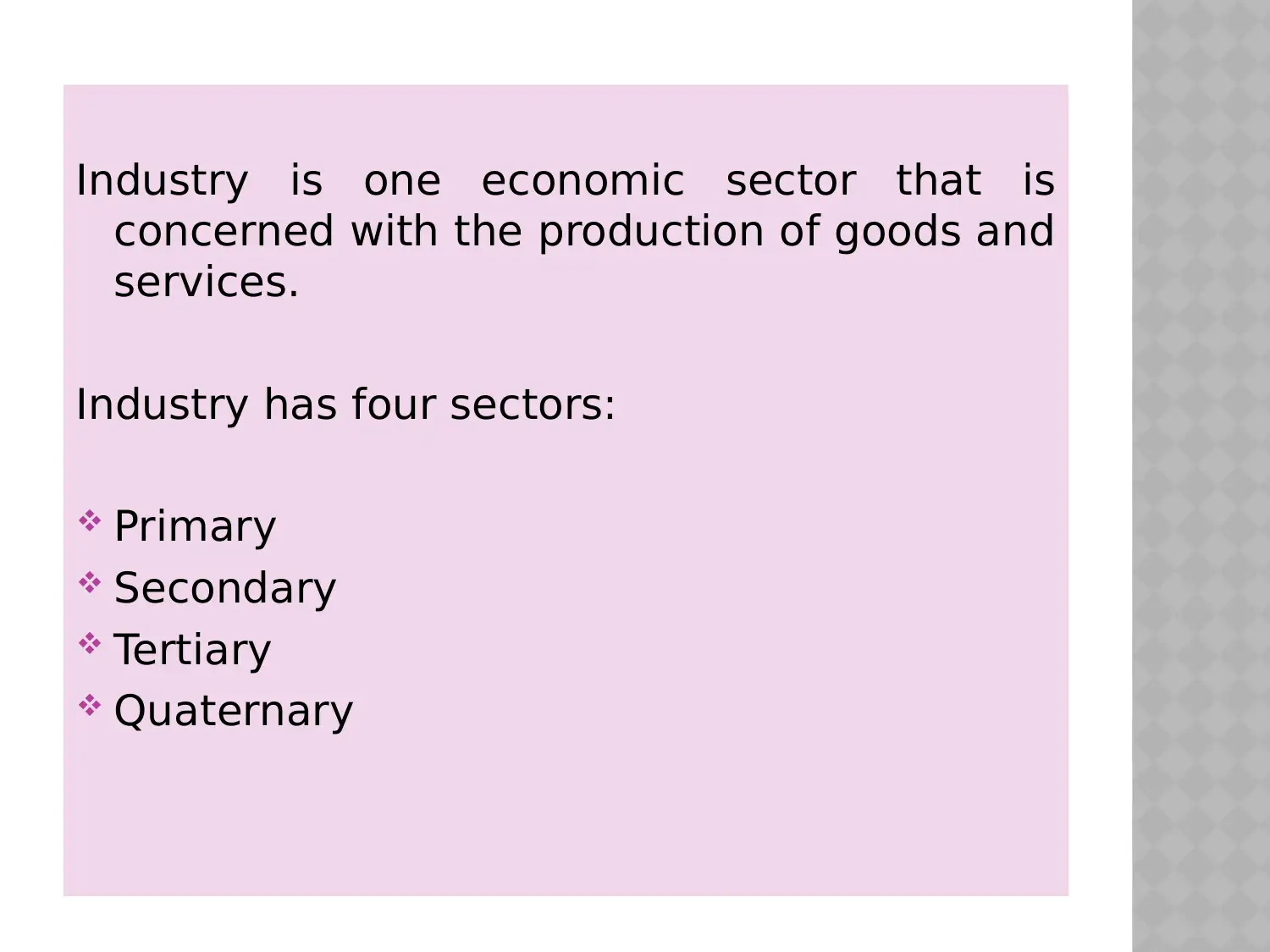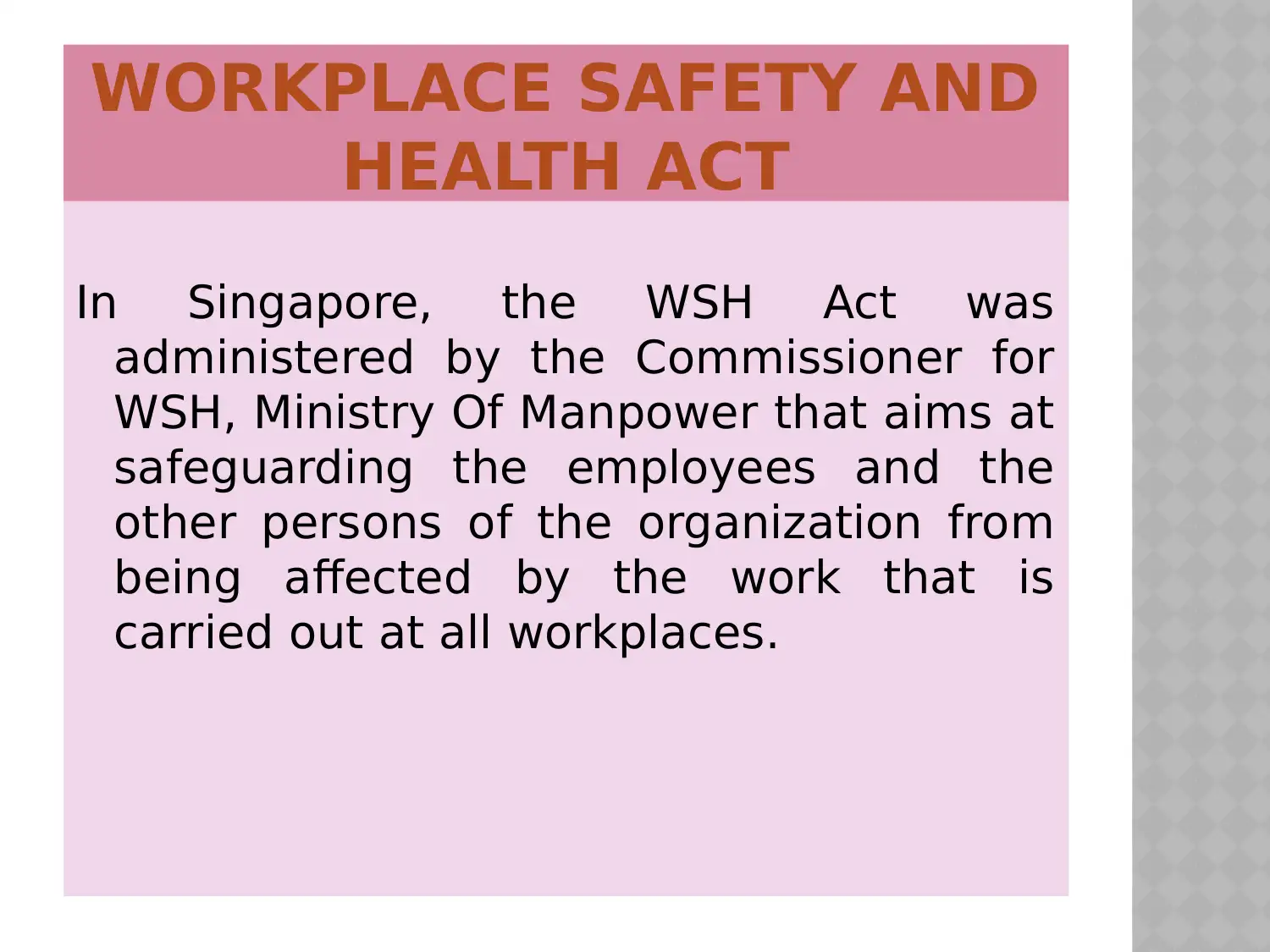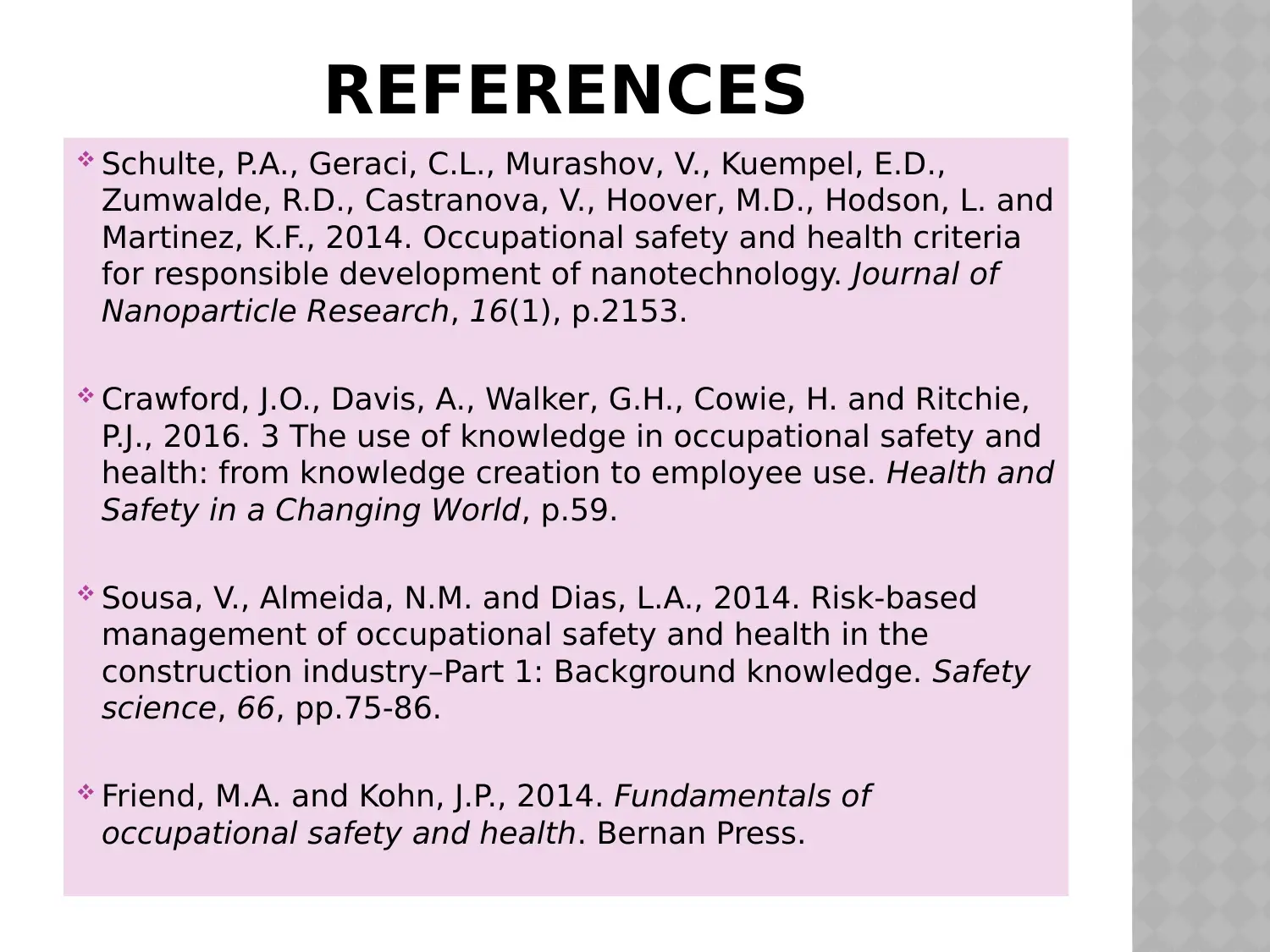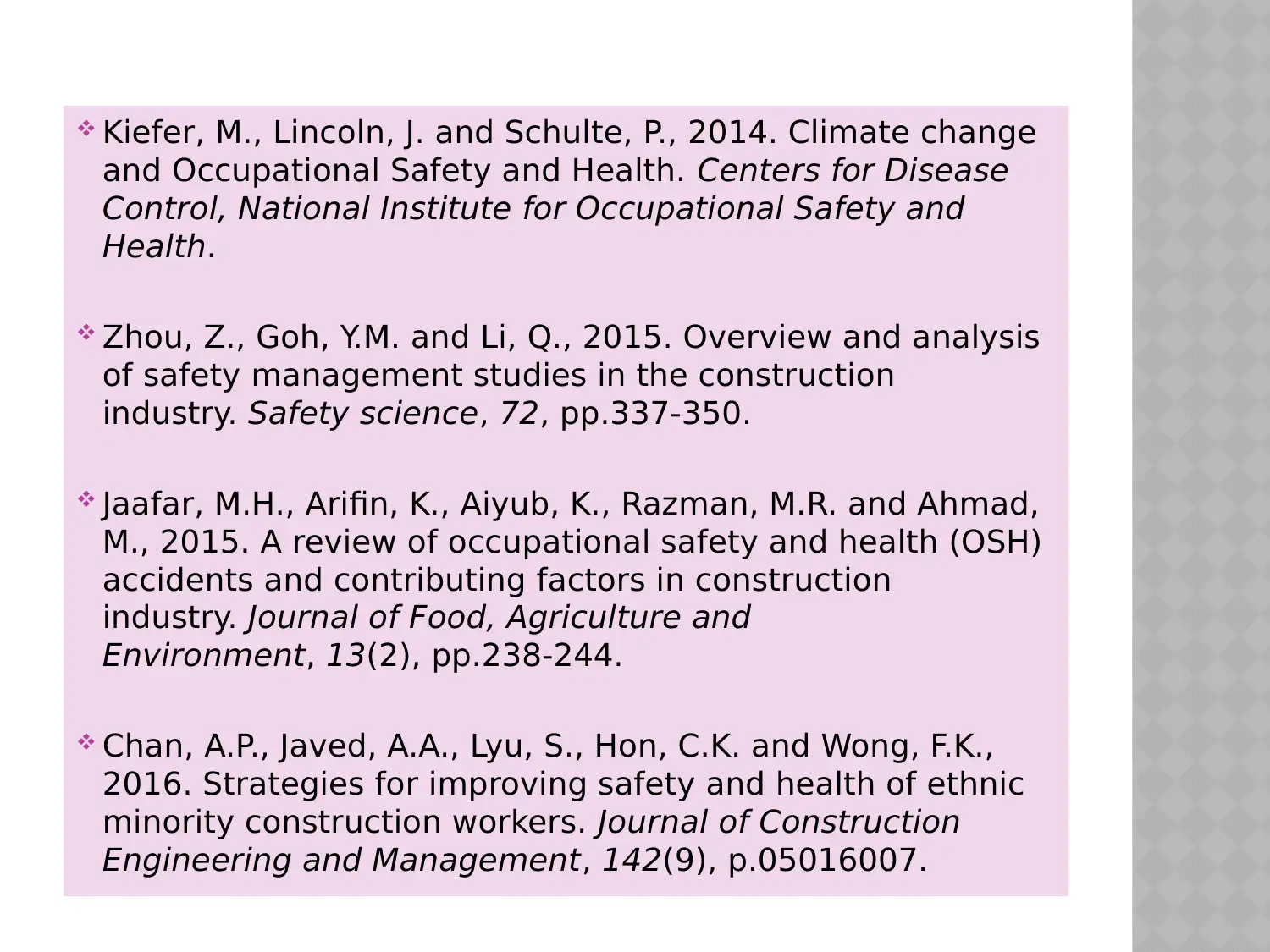BSHE51601A: Reflective Report on Safety in Hazardous Industries
VerifiedAdded on 2023/06/16
|10
|675
|249
Report
AI Summary
This report provides an overview of workplace safety and health (WSH) in hazardous industries in Singapore, emphasizing the statutory framework and guidelines for managing WSH as administered by the Commissioner for WSH, Ministry of Manpower. It highlights the risks associated with various hazardous industries, including the use of asbestos-containing materials, and emphasizes the importance of periodical medical checkups and health risk monitoring for workers engaged in hazardous activities. The report also references various studies and regulations related to occupational safety and health, such as the Workplace Safety and Health (Asbestos) Regulations 2014 and measures implemented by the Civil Aviation Authority of Singapore (CAAS) to ensure safety in the aviation industry. It reflects on the importance of reflective practice in developing HSE skills and acknowledges the contributions of professionals in sharing their knowledge of various hazardous industries. The report is submitted in partial fulfillment of the requirements for the BSc (Hons) Degree in Safety, Health, and Environmental Management.
1 out of 10
















![[object Object]](/_next/static/media/star-bottom.7253800d.svg)